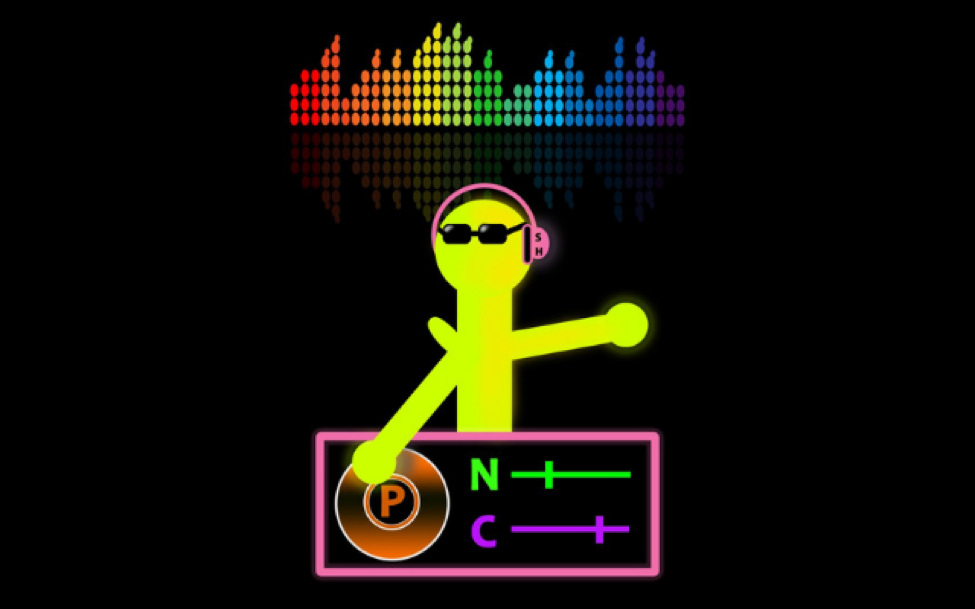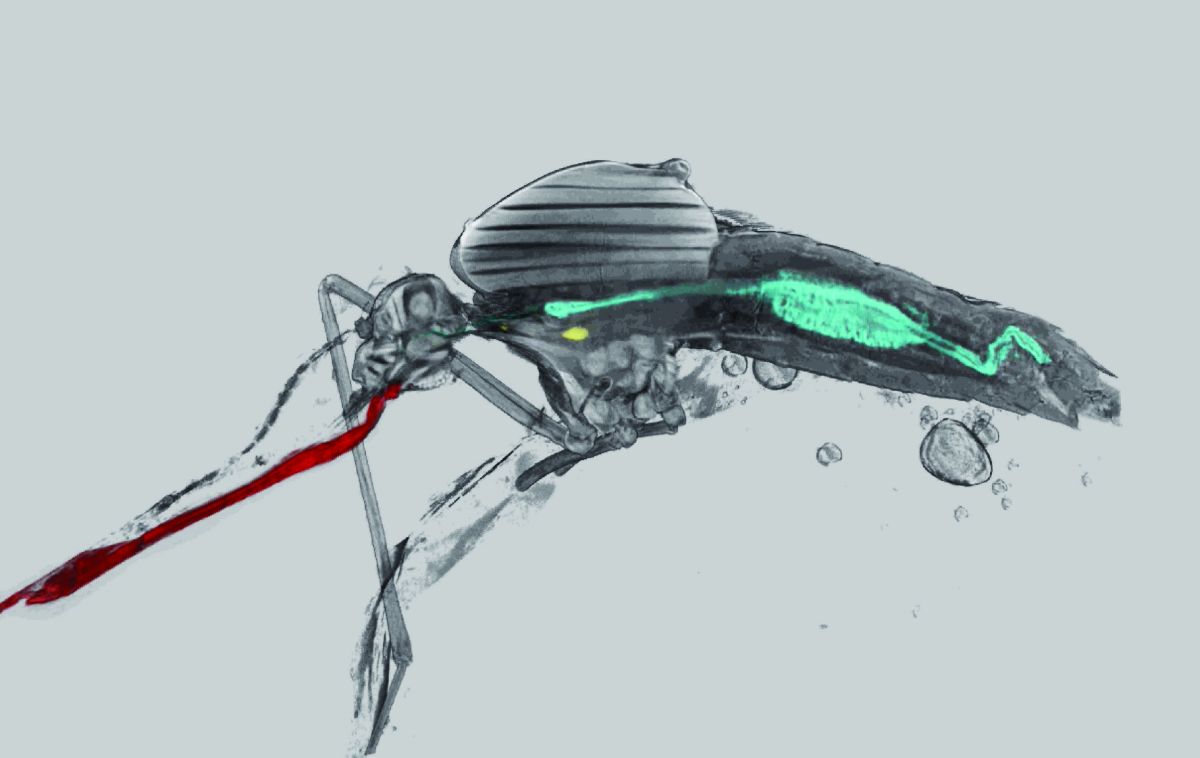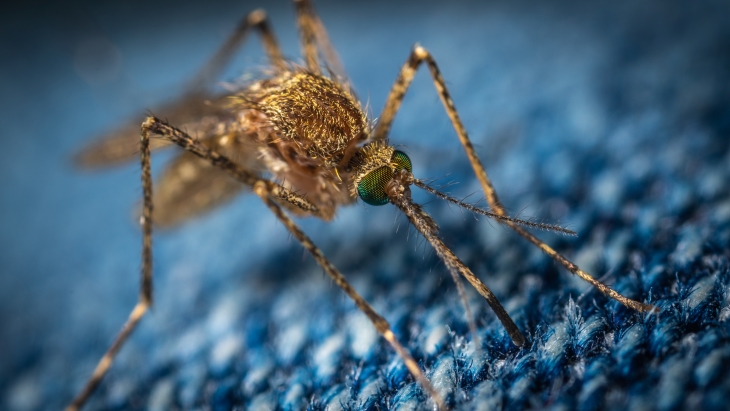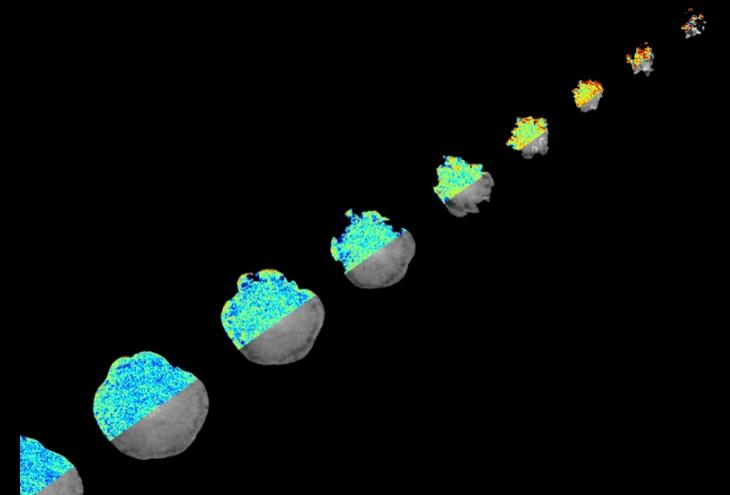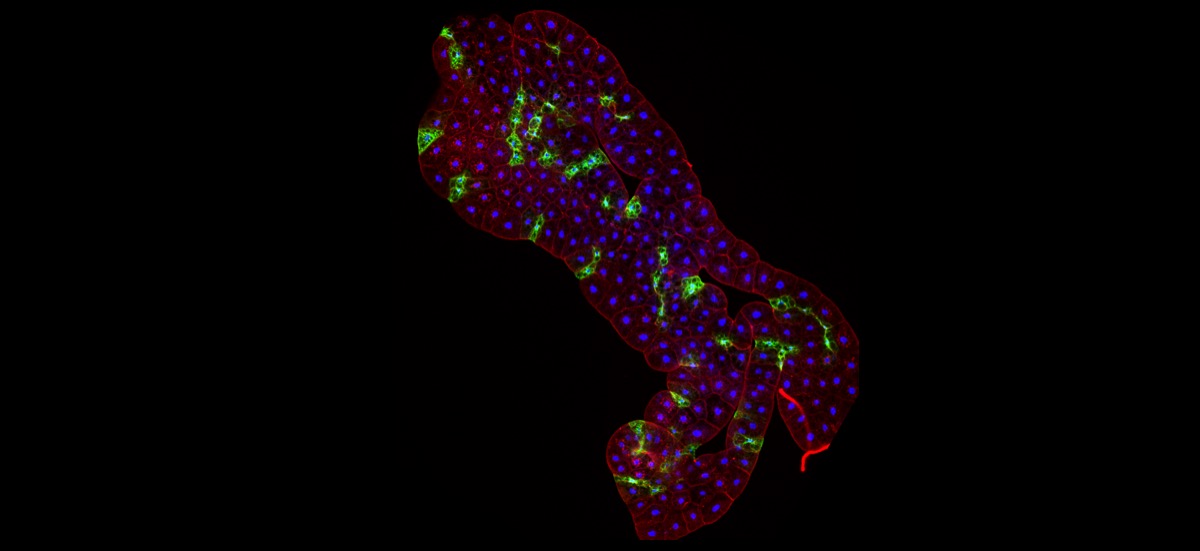-
Modified transfer RNAs—cellular DJs for tuning metabolites
Every living cell is no less than a party, with a team of highly trained Disc jockeys (DJs). When major events such as cell division or nutrient droughts happen, these molecular DJs create just the right mix of metabolites and proteins to ensure a seamless transition from one state to another. So, who are these cellular DJs, and how do they do this?
-
Molecular ‘clutch’ puts infection-fighting cells into gear
- International team including University of Warwick scientists identifies proteins that drive activation of our immune response
-
Insect Flight Muscles: as they really are
Mythology across civilisations is a testament to our fascination with flight. Though very different from the flight of birds, insects show remarkably variable and versatile movement in the air. As subset of muscles in insect thoraces called Indirect Flight Muscles act as the engine that powers the beating of wings. To understand how they work, researchers have investigated molecular details of their function, without adequately being to visualise the overall structure.
-
Collaboration is key to the biomedical ecosystem
June 2019: The Indo-African Dengue Vaccine Development
-
Study reveals metabolic constraints that control how groups of cells specialise and become interdependent
The question of how life arose on earth has always intrigued us. In particular, the question of how unicellular organisms transition into multicellular forms of life, has inspired the work of several scientists across the globe.
-
Molecular switches that regulate fruit colour and flavonol accumulation in grapes
Flowering plants originated about 125 million years ago and became the dominant species to rule the natural world. They seemed to have two advantages over other plants; they had an exuberance of flowers, to help attract animals for pollination, partly through colour, and they also had fruits as a new and safe means of dispersal. Many plants promote seed dispersal by attracting animals to consume their fruit and to disperse seeds. Fruits provide nutritive rewards to animals, often with some fleshy material rich in sugars and starches, and sometimes with proteins.
-
Cell surface organization at the nanometer scale
How do cell membranes integrate mechanical and chemical signals in response to activated sensors? Satyajit Mayor’s group at the National Centre for Biological Sciences (NCBS), Bangalore, has published a new study that sheds light on this process. The team has shown that when a signal for cell migration activates sensors on the cell membrane, specific proteins are clustered together on the cell surface to form ‘nanodomains’. Nanodomain formation is crucial for cell migration, and involves both chemical and mechanical signals.
A battle rages on in silence. -
A matter of fine balance: electrical balance in the brain
Image: Despite more than a million fold difference in the light intensity, our brains enable us to see the same scene in broad daylight and a dim night by the process of normalization. This article shows how brains "can" perform normalization by precisely balancing two equal and opposite forces - excitation and inhibition.
Artist of the graphic: Hrishikesh Nambisan
-
A molecular rheostat for insulin signalling
A mutant fruitfly strain studied by researchers from the National Centre for Biological Sciences (NCBS), Bangalore, may hold the key to understanding what goes wrong with insulin signalling in type-2 diabetes. When raised on a high-sugar diet, normal flies show a 25% increase in blood sugar levels; but the mutant flies—which lack the enzyme PIP4K (short for phosphatidylinositol 5 phosphate 4-kinase)— have normal blood sugar levels when raised on a high-sugar diet.
-
Genomics uncovers the mystery of the magic drumstick tree - Moringa oleifera
Did you ever wonder why our grandmothers insisted on having a Tulsi plant (Holy Basil) in front of the house and a Moringa (Drumstick) tree in the backyard? Each and every part of the drumstick tree has a medicinal value and is a rich source of nutrients and minerals.


